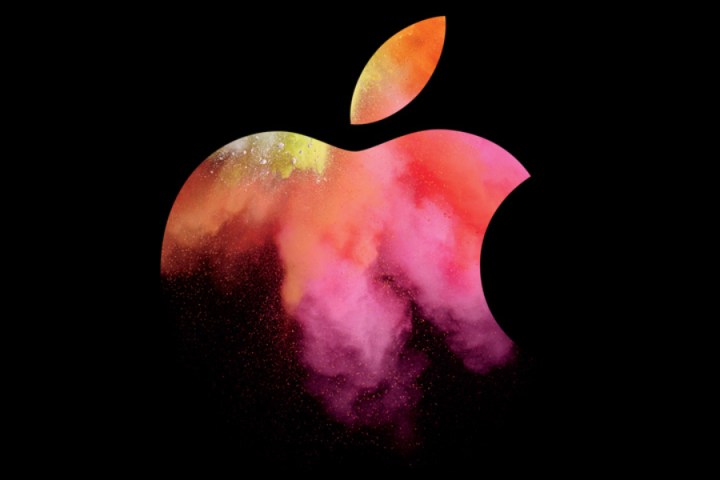
The United States Patent and Trademark Office published on Tuesday a whopping 63 patents recently granted to Apple, one of which is called “Finger Hover Detection for Improved Typing” for virtual keyboards. It was originally filed in April 2014, and apparently obtained through Apple’s acquisition of Typesoft. Marsden is listed as one of the inventors along with Rob Chaplinsky, managing partner at the venture capital firm Bridgescale Partners. Apple officially acquired the patent in July despite the patent going public on Tuesday.
“I am hands-on in developing, testing, and debugging the various algorithms used in Dryft that are breaking new ground in human-computer interface technology,” Marsden’s LinkedIn profile reads. “I manage the product specifications and manage the company’s IP and Patent portfolio. My knowledge in developing Dryft solutions ranges from low-level signal analysis of sensor data right up to higher-level algorithms for language models, pattern recognition, and UI design.”
Dryft is actually a virtual spinoff of Marsden’s previous invention, the physical Cleankeys computer keyboard. The peripheral’s biggest selling point was how easily it could be cleaned, targeting health care scenarios and other “clean” environments. The device didn’t provide moving keys, but touch and tap sensors instead that mimicked the physical typing experience on a flat surface. The company aspect of Cleankeys only remained in business for four years before Marsden co-founded Typesoft.

Marsden’s patent, now owned by Apple, describes a method of providing home-row keys on a virtual keyboard while the user’s fingers hover just above the screen surface. These are a row of keys fingers rest upon when not in motion, thus the invention enables users to type on a tablet surface without having to look at the screen.
“The location of each of the user’s fingers while hovering and/or resting is monitored,” the abstract states. “Correlation between the hover sensor data and touch sensor data increases the confidence level by which the system can determine which of the user’s fingers were used to select a key. By determining which finger was used to make the selection, the system accurately disambiguates which letter the user intended to type.”
A provided diagram in the patent (seen above) shows an iPad-type form factor and a user typing on the touchscreen diagonally. The keyboard is split into two sections so that the hands aren’t crammed together on the screen, enabling a more fluent typing experience. Additional notes state that the technology will detect the location of the user’s hands, record the “hand print,” and then readjust the virtual keyboard’s position to reside under the hovering fingers.
Of course, the patent depends on a tablet packed with hover sensors as well as touch sensors, vibration sensors, and haptics output. You can read all 31 pages of Apple’s new patent here.


